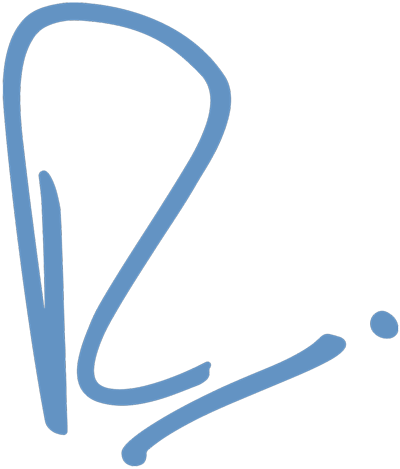Hi-Five Studio: A Modular Workflow
After graduating from Full Sail University, Ryan Rosmann returned to his hometown of Milwaukee, WI with the idea of building his first studio from the ground up.
In creating the control room with Haverstick Designs, he weighed his options, and – like many of today’s engineers – landed on a modular system for Hi-Five Studio instead of the traditional console setup. The studio features input modules and analog summing from Rupert Neve Designs, and recently landed a spot in MIX Magazine’s ‘Class of 2018’.
You decided against a console. Why?
A large format console is great, but it just didn’t fit my workflow. The way I have it set up, with the 5052s on the front end, and the 5059 on the back end, made completely sense for me. Tracking vs mixing is about 50/50 here – a lot of hip hop and rock, but I can do any genre and I know it’ll work. It’s just more flexible for me this way.
So why the 5052, as opposed to any other option?
I liked the idea of going straight to the source – getting it from Rupert Neve. And I’ve had the clones. There are certain things they’re not going to work on. What I loved about the 5052 was the versatility – the modern sound of what a 1073 would be, with a LOT more flexibility. And the headroom. Nothing’s too loud for the 5052.
I could have vintage modules or clones in my studio, but I don’t. It is that sound that I want, just in a more modern package. It’s a classic Rupert Neve preamp, but it has the ability to be cleaner – there are so many colors in the palette that let you really dial in exactly what you’re looking for, especially with the Silk controls.
Do you find yourself leaning more towards Silk Red or Blue?
When I first got them, I thought Silk Red was the only one I’d ever use. But now it’s almost 80% Blue! Maybe I just got bored? [laughs]
For example, when it comes to tracking…I know kick, snare or toms, I’ll use Red for a lot of attack. Or if I need more bass I use Blue. Blue gives me “what I’m used to hearing on a record”, you know?
How about the 5059? Why analog summing, as opposed to “in the box” like many modular setups utilize?
The 5059…it’s amazing putting a mix through it. It’s that “three-dimensional something” that just makes everything sound better. I don’t know how else to put it.
Photography by Erickson Digital Studio.






